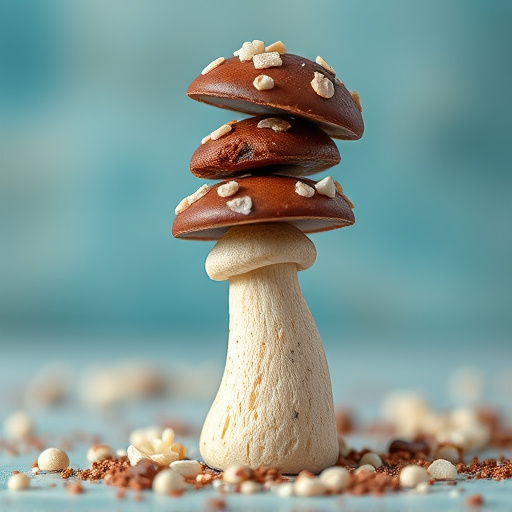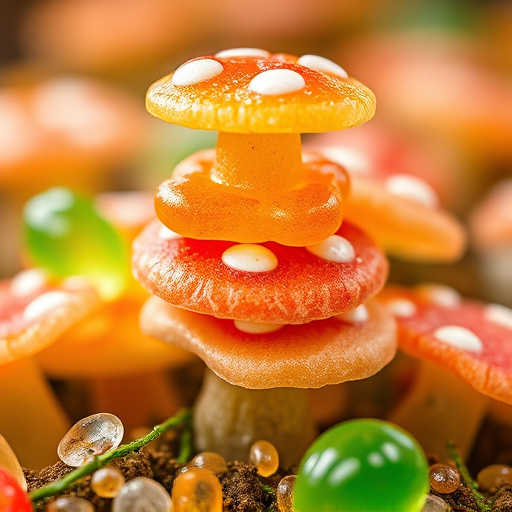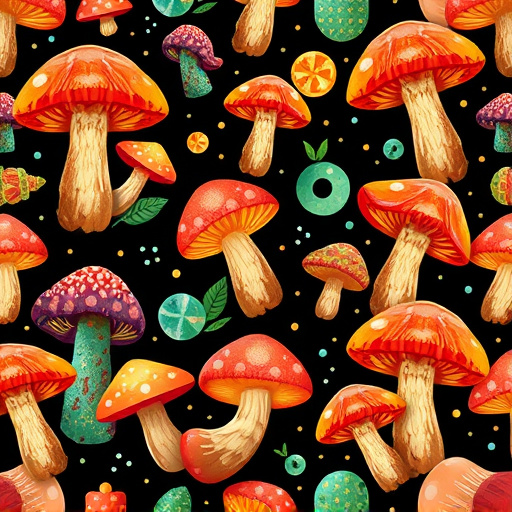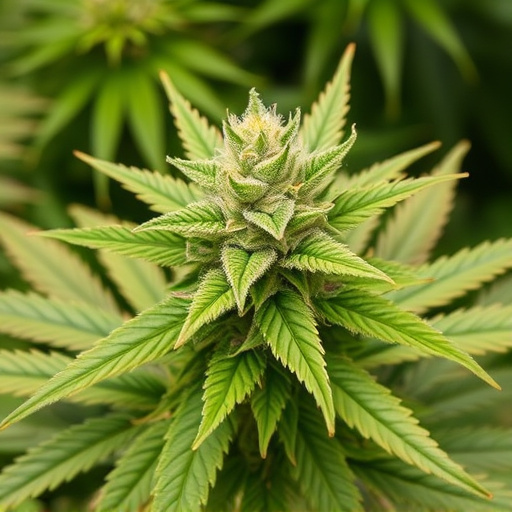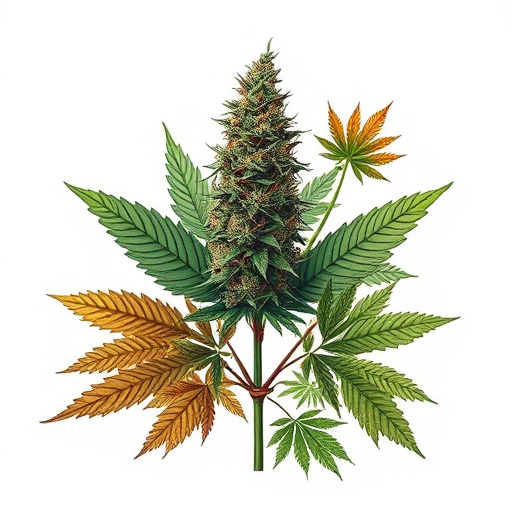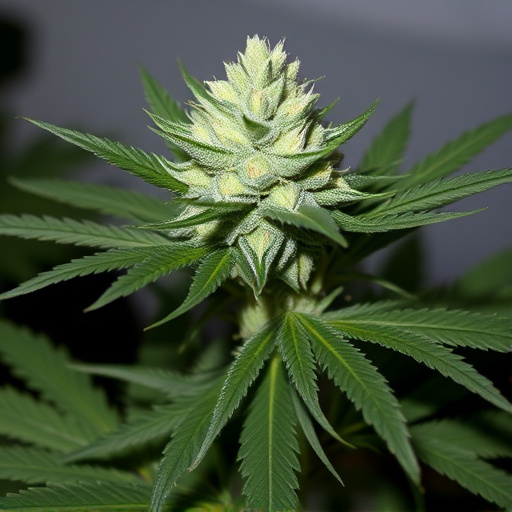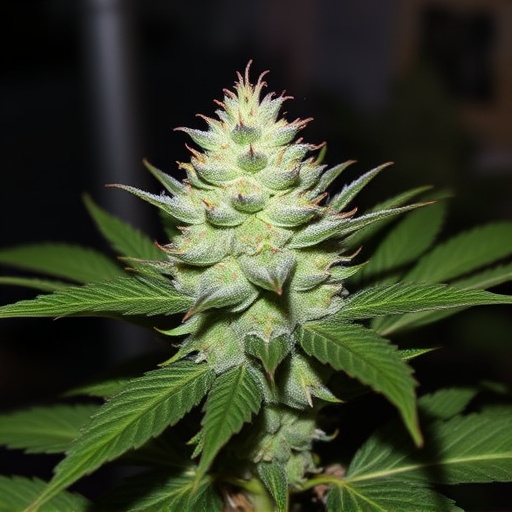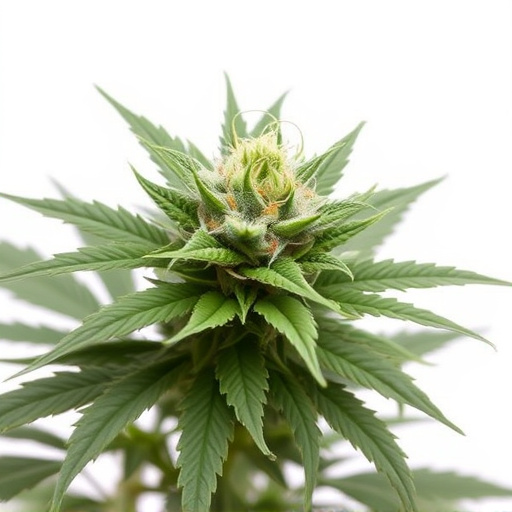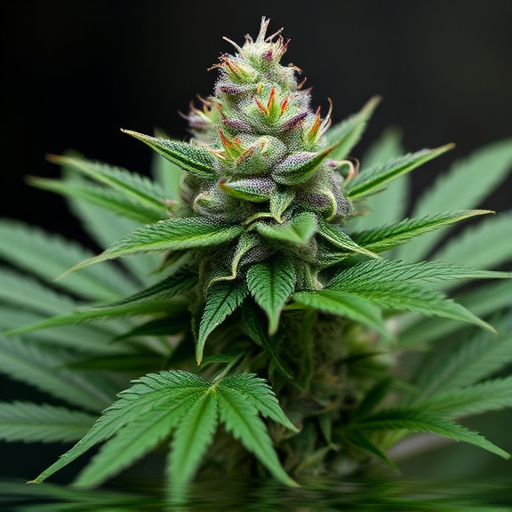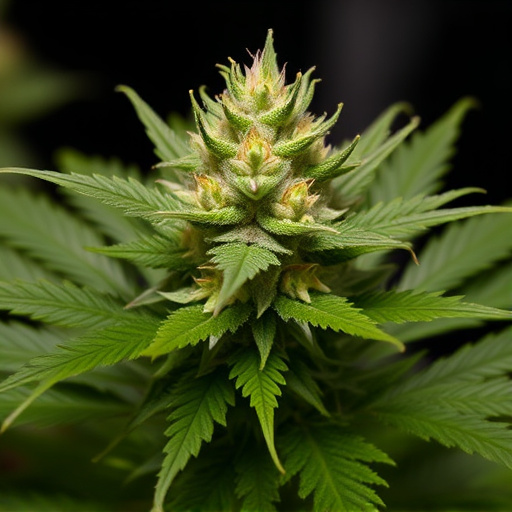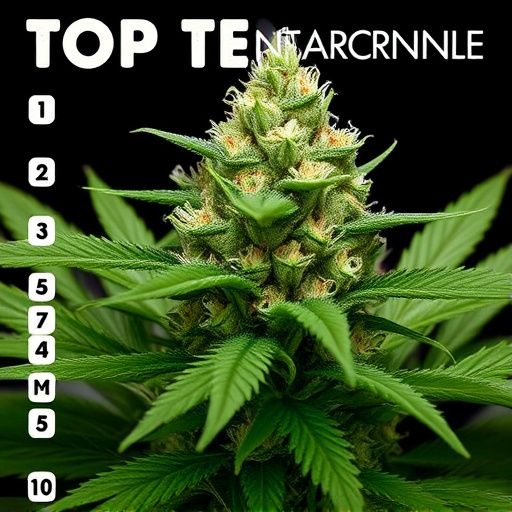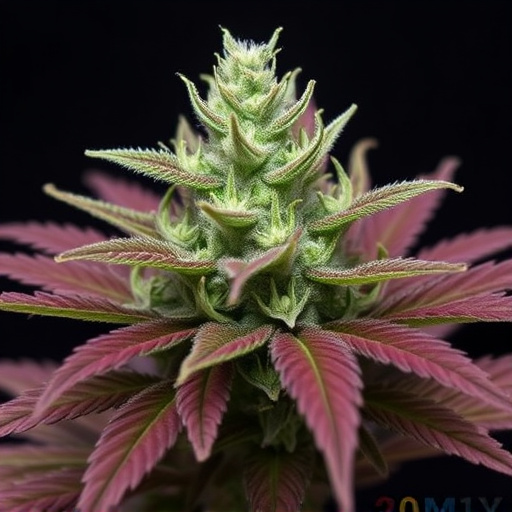While cannabis flower offers potential therapeutic benefits, it carries significant health risks that vary by individual factors and strain potency. The 2016 cannabis market featured diverse top ten strains like Blue Dream, Strawberry Cough, Granddaddy Purple, and Northern Lights. To safely consume, users should educate themselves about these strains, practice moderation, set boundaries, and communicate openly with healthcare providers.
“The growing popularity of cannabis flower, fueled by its legalization in many regions, has sparked both interest and concern. While it’s celebrated for medicinal and recreational uses, there are potential health risks associated with consumption. This article explores these risks, delving into the top ten cannabis strains of 2016 and their unique properties, providing insights that promote safe use strategies for those who choose to incorporate cannabis into their lives.”
- Potential Health Risks Associated with Cannabis Flower Consumption
- Exploring the Top Ten Cannabis Strains of 2016 and Their Unique Properties
- Mitigating Risks: Strategies for Safe Cannabis Use
Potential Health Risks Associated with Cannabis Flower Consumption
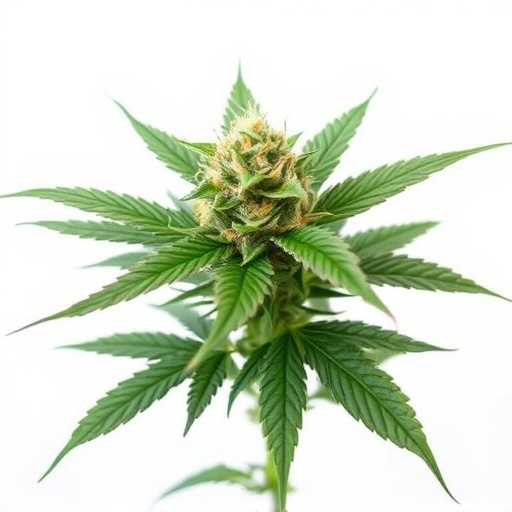
Cannabis flower, while often celebrated for its potential therapeutic benefits, is not without health risks. The effects of cannabis consumption can vary widely based on factors like an individual’s genetics, tolerance, and overall health. Short-term risks include impaired coordination and balance, distorted perception, increased heart rate, anxiety, and paranoia, especially in those who are new to the substance. These effects can be more pronounced with higher concentrations of THC, a primary psychoactive compound found in cannabis.
Longer-term potential health risks associated with regular cannabis use include respiratory issues due to inhalation, cognitive impairment affecting memory and learning, and mental health problems such as increased risk of psychosis or exacerbation of existing conditions like anxiety and depression. Some studies also suggest a correlation between adolescent cannabis use and later development of schizophrenia. Additionally, the 2016 top ten cannabis strains, while known for their diverse therapeutic properties and popular among medical users, may carry varying levels of these risks depending on their specific chemical composition, including THC and CBD content.
Exploring the Top Ten Cannabis Strains of 2016 and Their Unique Properties
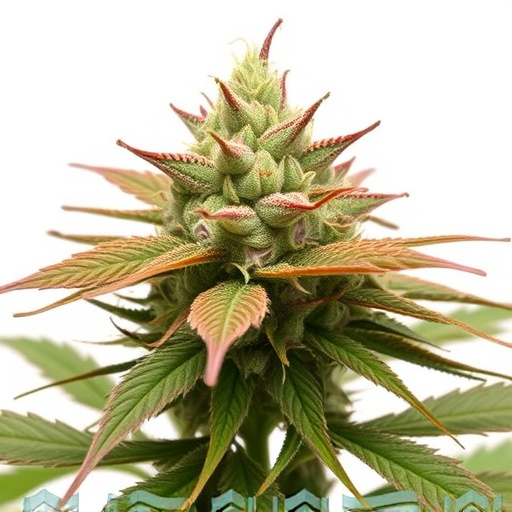
In 2016, the world of cannabis saw a diverse array of strains gain popularity for their unique properties and effects. Exploring the top ten cannabis strains of that year offers insights into the varied landscape of this rapidly evolving market. Strains like Blue Dream topped the list for its balanced blend of euphoria-inducing Sativa and relaxing Indica traits, making it a favorite among both new users and seasoned consumers.
Other notable mentions included Strawberry Cough, known for its invigorating citrus flavors and energetic high; Granddaddy Purple, celebrated for its heavy resin production and sedative effects; and Northern Lights, renowned for its powerful mood-enhancing properties and widespread availability. These top ten strains not only represented the diversity of cannabis but also highlighted the growing interest in both medical and recreational use, setting the stage for further exploration and innovation in the industry.
Mitigating Risks: Strategies for Safe Cannabis Use

To mitigate risks associated with cannabis flower, users should adopt strategies that promote safe consumption. One key approach is to educate oneself about the top ten cannabis strains of 2016 and their varying potency levels, as this knowledge allows for more informed decisions. Understanding the specific cannabinoid profiles and terpene compositions can help users gauge potential effects and choose strains suited to their needs and tolerances.
Additionally, setting boundaries and practicing moderation is essential. Users should establish a safe environment, start with low doses, and take breaks from consumption to assess short-term and long-term impacts. Maintaining open communication with healthcare providers, especially for those with pre-existing conditions or taking other medications, can also help ensure cannabis use remains safe and complementary.
While cannabis flower offers potential therapeutic benefits, it’s crucial to be aware of the associated risks. From health concerns to strain-specific effects, understanding these factors is essential for safe and informed use. The exploration of the top ten cannabis strains in 2016 highlights diverse properties, but it also underscores the need for responsible consumption practices. By adopting strategies to mitigate risks, users can enjoy potential advantages while minimizing adverse effects, ensuring a safer experience within this evolving landscape.
